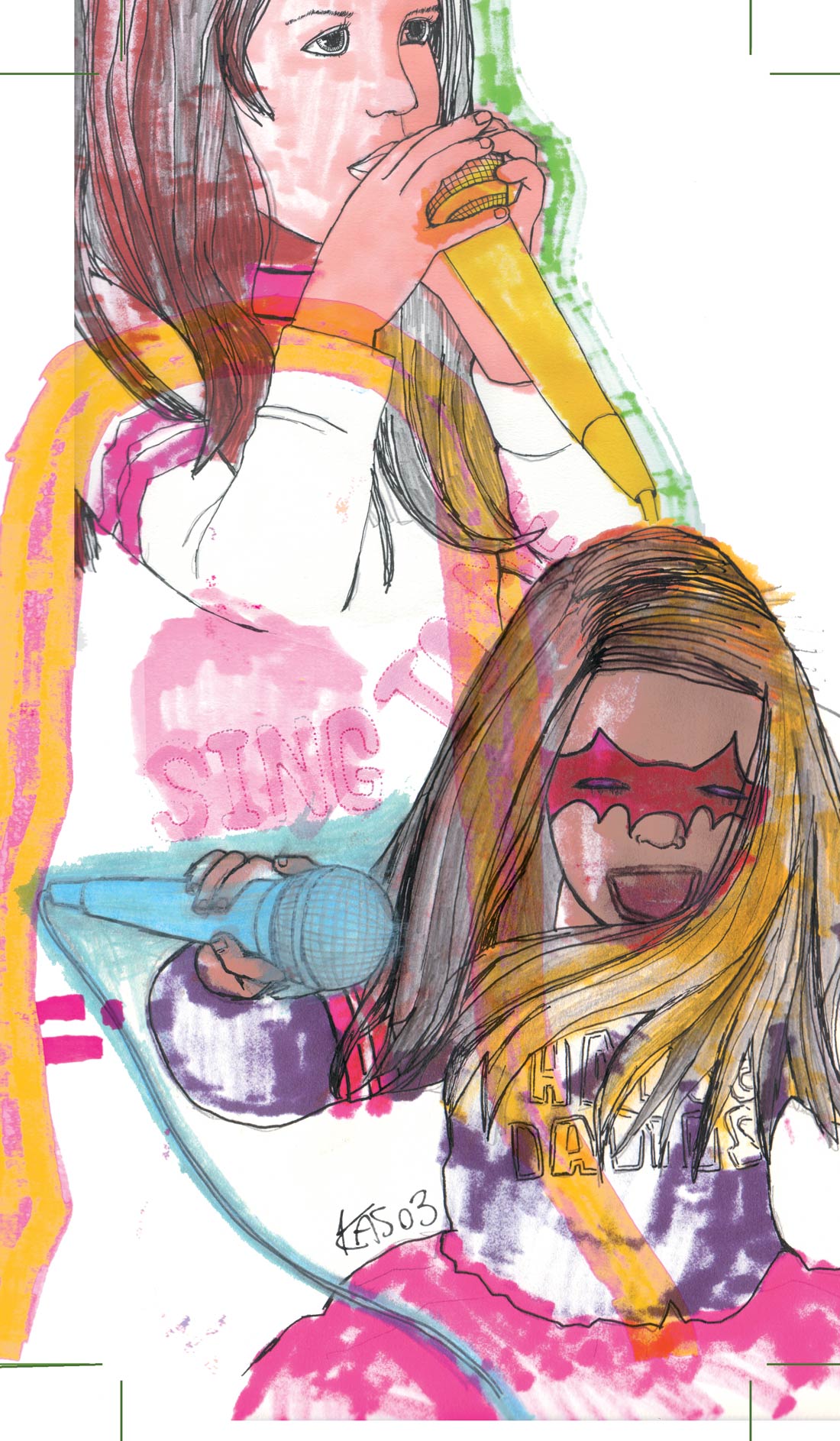About one hundred issues ago (#10, actually), we ran an interview with Dan Rathbun of Polymorph Recording who discussed at length his technique of using crossovers to split signals into two or three frequency groups in order to EQ, compress and set levels with more control. I'd always kept this trick in the back of my mind, but never acted on it. When I had a session scheduled with the band Pleasure Forever, it popped back into focus. A core part of their sound relies on a Roland Juno 6 through a Laney amp and an SVT 8x10" cabinet. It's a huge sound, and his left hand holds down the low end in lieu of bass guitar. My problem was that the low end was hard to work with as it was all locked in with the higher, grittier sound. Solution? Put a good mic in front of the cabinet, pipe the preamp output into the crossover, set the crossover point around 200 Hz and then EQ and compress the two signals to taste while printing each to tape. This worked so well I couldn't believe it. Later, while mixing, I used the crossover to split kick drum tracks for more control, where I was able to provide solid low end while reining in the tap. I even did some crazed guitar EQ'ing by rolling in high end slowly during an intro part. I know you can get higher-quality crossovers out there, but I haven't noticed any debilitating effects from using the CX2310, and at $79 retail you can't lose. (www.behringer.com)
500 Series, Accessories | No. 119
510 Power MkII 500-Series Frame
by John Baccigaluppi
I would recommend the Lindell Audio 510 Power MkII ten-slot chassis and power supply to anyone looking for a rackmount 500-series frame. It has several features that make it very functional and...





_disp_horizontal_bw.jpg)